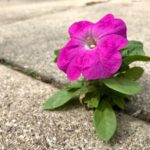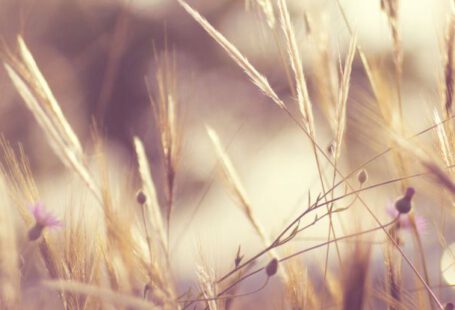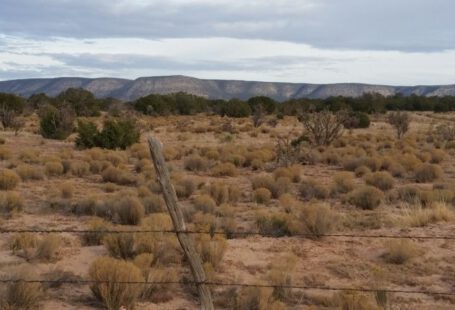Transforming your yard into a natural wildlife habitat can be a rewarding and environmentally beneficial endeavor. By creating a space that welcomes a diverse range of flora and fauna, you can help support local ecosystems and enhance biodiversity right in your own backyard. With some thoughtful planning and a few simple steps, you can turn your outdoor space into a thriving sanctuary for wildlife. Let’s explore how you can create a natural wildlife habitat in your yard.
Evaluate Your Yard’s Existing Conditions
Before you begin transforming your yard into a wildlife habitat, take some time to evaluate its current conditions. Observe how sunlight, water, and soil conditions vary throughout the space. Understanding these factors will help you select the right plants and features to support wildlife. Consider the existing vegetation in your yard and identify areas where you can make enhancements to attract more wildlife.
Choose Native Plants
Native plants are essential for creating a natural wildlife habitat in your yard. They provide food and shelter for local wildlife species and are well-adapted to the climate and soil conditions in your area. Native plants also require less maintenance and are more resilient to pests and diseases. Research which plants are native to your region and select a variety of species to create a diverse and vibrant habitat.
Create Shelter and Nesting Sites
Wildlife need shelter to hide from predators, rest, and raise their young. Incorporate features like shrubs, trees, and brush piles to provide cover for birds, mammals, and insects. Birdhouses, bat boxes, and bee hotels can also offer additional nesting sites for wildlife. By creating a variety of shelter options, you can attract a diverse array of species to your yard.
Provide Food Sources
Food sources are crucial for attracting wildlife to your yard. Planting a mix of flowering plants, shrubs, and trees that produce nectar, seeds, fruits, and nuts will help support a variety of wildlife species. Consider installing bird feeders, suet feeders, and hummingbird feeders to supplement natural food sources. Avoid using pesticides and herbicides in your yard, as these chemicals can harm wildlife and disrupt the ecosystem.
Include Water Features
Water is essential for wildlife survival, so incorporating water features into your yard can greatly enhance its appeal to wildlife. A birdbath, pond, or small stream can provide drinking water and bathing opportunities for birds, insects, and other wildlife. Make sure to keep the water clean and fresh, and consider adding rocks or logs for animals to access the water safely.
Maintain a Chemical-Free Yard
To create a truly natural wildlife habitat, it’s important to maintain a chemical-free yard. Pesticides, herbicides, and synthetic fertilizers can harm wildlife and contaminate water sources. Instead, opt for organic gardening practices, such as composting, mulching, and using natural pest control methods. By reducing or eliminating the use of chemicals in your yard, you can create a safer and healthier environment for wildlife.
Encourage Wildlife-Friendly Behaviors
In addition to creating a wildlife-friendly habitat in your yard, you can also encourage wildlife-friendly behaviors in your community. Support local conservation efforts, participate in citizen science projects, and educate others about the importance of preserving natural habitats for wildlife. By working together, we can create a network of interconnected wildlife habitats that benefit both animals and humans.
Incorporate Sustainable Practices
Creating a natural wildlife habitat in your yard is not only beneficial for wildlife but also for the environment as a whole. By incorporating sustainable practices, such as water conservation, energy efficiency, and waste reduction, you can further enhance the ecological value of your outdoor space. Consider installing a rain barrel, planting a vegetable garden, or using native landscaping techniques to minimize your impact on the environment.
Embrace the Beauty of a Natural Wildlife Habitat
Transforming your yard into a natural wildlife habitat is a wonderful way to connect with nature and support local ecosystems. By following these simple steps and incorporating wildlife-friendly features into your outdoor space, you can create a sanctuary for birds, butterflies, bees, and other wildlife right outside your door. Embrace the beauty of a natural wildlife habitat in your yard and enjoy the sights and sounds of a thriving ecosystem in your own backyard.





